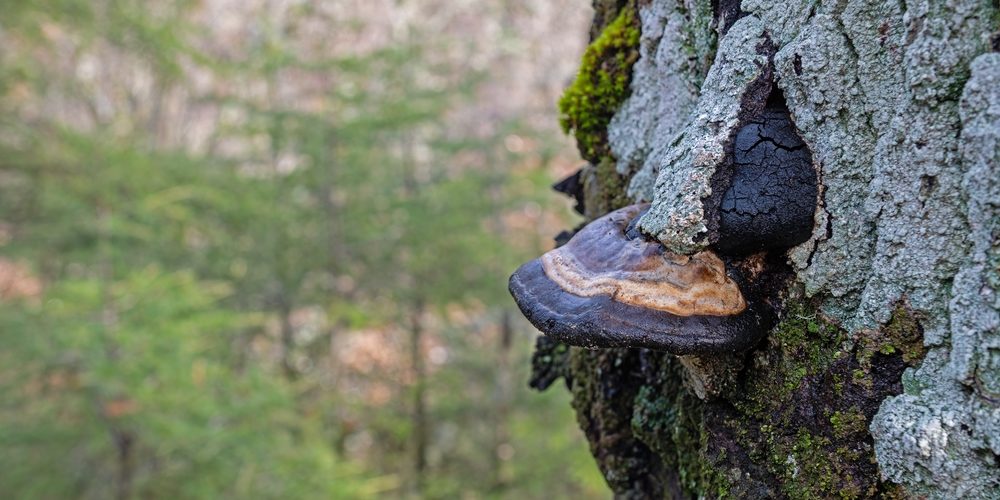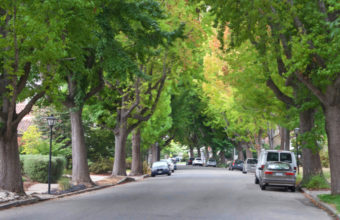Determining whether a tree needs to be cut down involves assessing various indicators of the tree’s health, stability, and the potential risk it poses to people, property, or other plants.
Here are some signs and factors to consider when evaluating a tree for removal…
1. Signs of Disease or Pest Infestation
- Visible Decay – Look for signs of decay such as cavities, large dead branches, soft or crumbly wood, and fungal growth like mushrooms at the base of the tree or on the trunk.
- Infestation – Evidence of pest infestation, such as holes in the trunk or branches, sawdust-like frass (insect waste), or a large number of dead or dying branches, may indicate a problem severe enough to warrant removal.
2. Structural Problems
- Weak or Damaged Roots – Trees with visibly damaged roots, or those that have lifted soil around the base, may be unstable and at risk of falling.
- Poor Structure – Trees with weak branch attachments, multiple trunks with deep cracks or splits, or a leaning trunk might be structurally unsound.
- Recent Changes in Surrounding Land – Construction or changes in land use that affect the soil or root system can compromise a tree’s stability.
3. Dead or Dying Tree
- Overall Health – A tree that is mostly dead or showing significant signs of decline (more than 50% of the tree is dead or damaged) may need to be removed if it cannot recover, as it will continue to weaken over time.
4. Proximity to Structures or Utility Lines
- Location Issues – Trees that are too close to homes, sheds, power lines, or other structures may pose a risk of damage, especially if the tree is large and its fall could impact these areas.
5. Invasive Species
- Non-Native Trees – Some trees are considered invasive and may harm the local ecosystem by outcompeting native plants. Removing these trees can benefit environmental health and biodiversity.
Consultation with a Professional
- Arborist Assessment – If you’re unsure about the health or stability of a tree, consulting with a certified arborist can provide a professional evaluation. Arborists can assess whether a tree poses a risk, suggest possible treatments to save the tree if applicable, or recommend removal if necessary.
Preventive Measures
- Regular Inspection and Maintenance – Regularly inspecting trees and performing maintenance, such as pruning dead or diseased branches, can help improve a tree’s health and reduce the need for removal.
Deciding to cut down a tree is significant and should be considered carefully. In many cases, the benefits of preserving a mature tree, such as providing shade, improving air quality, and enhancing property aesthetics, outweigh the costs of removal. When a tree poses a clear risk to safety, property, or the health of other plants, removal may be the best option.




